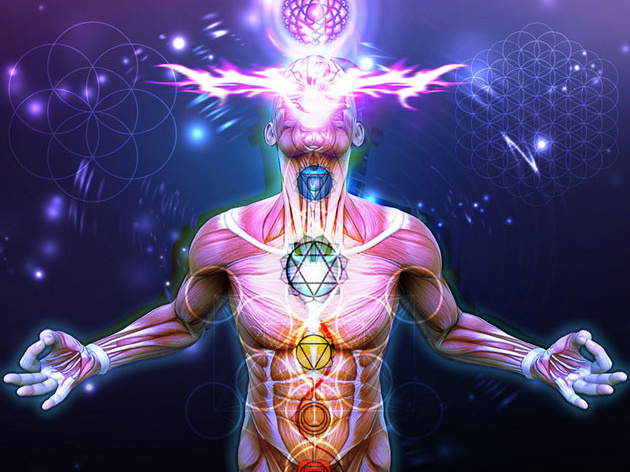In the vast, intricate tapestry of Hindu philosophy, the concept of the four puruṣārthas stands as a cornerstone, offering a comprehensive framework for leading a balanced and purposeful life. These four aims or goals – Dharma, Artha, Kama, and Moksha – serve as guiding principles that encompass the entirety of human experience, from the mundane to the transcendent. Each puruṣārtha provides a unique dimension of life, collectively forming a holistic approach that integrates ethical conduct, material prosperity, emotional fulfillment, and spiritual liberation.
Dharma: The Foundation of Righteousness
Dharma, often translated as righteousness or moral values, is the bedrock upon which the other three puruṣārthas are built. It encompasses a broad spectrum of duties, responsibilities, and ethical conduct that sustain social order and individual integrity. In Hinduism, Dharma is not a rigid, one-size-fits-all concept; rather, it is dynamic and contextual, varying according to one’s age, caste, gender, and personal circumstances. It is about living in harmony with the cosmic order (Rta) and adhering to the principles of truth, non-violence, and compassion.
Dharma guides individuals in making ethical decisions, ensuring that their actions contribute to the welfare of society and the universe at large. It is through Dharma that one cultivates virtues such as honesty, charity, patience, and respect, which are essential for personal growth and social harmony. The scriptures, including the Vedas, Upanishads, and epics like the Mahabharata and Ramayana, elaborate on the various dimensions of Dharma, offering narratives and teachings that illustrate its importance in everyday life.
Artha: The Pursuit of Prosperity
Artha, or prosperity, pertains to the economic and material aspects of life. It acknowledges the necessity of wealth and resources for achieving a stable and comfortable existence. In the pursuit of Artha, individuals are encouraged to seek financial security and material success through honest and ethical means. This aspect of life is crucial, as it provides the foundation upon which one can fulfill their duties (Dharma) and enjoy the pleasures of life (Kama).
In Hindu thought, the pursuit of Artha is not merely about accumulating wealth but also about managing it wisely and using it for the greater good. It emphasizes the importance of economic activities that contribute to the well-being of the community and promote social justice. Artha thus becomes a means of supporting oneself and one’s family, while also enabling acts of charity and public service.
Kama: The Experience of Pleasure
Kama refers to the pursuit of pleasure, love, and emotional fulfillment. It encompasses all forms of desire and enjoyment, from aesthetic appreciation and sensory pleasures to intimate relationships and emotional connections. Kama is about embracing the beauty and joy of life, recognizing that human desires are natural and essential for a balanced existence.
In the realm of Kama, love and pleasure are seen as integral to the human experience, provided they are pursued in harmony with Dharma. The classical text, the Kama Sutra, is one of the most well-known treatises exploring this aspect of life, offering insights into the art of love and the nature of relationships. It teaches that the fulfillment of desires, when approached with respect, consent, and mindfulness, enriches life and contributes to personal happiness and social harmony.
Moksha: The Quest for Liberation
Moksha, or liberation, is the ultimate goal in Hindu philosophy, representing the transcendence of the cycle of birth, death, and rebirth (samsara). It is the realization of one’s true self (Atman) and its unity with the absolute reality (Brahman). Moksha is achieved through self-knowledge, meditation, and spiritual practices that dissolve the ego and free the individual from the bondage of karma.
The pursuit of Moksha involves a profound transformation of consciousness, where one transcends the dualities of pleasure and pain, success and failure, and other worldly concerns. It is a state of eternal bliss and unbounded freedom, where the soul is liberated from the limitations of material existence and merges with the divine. The paths to Moksha are diverse, including the practices of Bhakti (devotion), Jnana (knowledge), Karma (selfless action), and Raja (meditative disciplines).

Integrating the Four Puruṣārthas
The genius of the puruṣārthas lies in their integrative approach, acknowledging the multifaceted nature of human existence. Rather than viewing life in a segmented or hierarchical manner, Hindu philosophy embraces the coexistence and interdependence of these four aims. Dharma provides the ethical foundation, ensuring that the pursuits of Artha and Kama are conducted in a righteous manner. Artha and Kama support the practical and emotional needs of life, creating a conducive environment for the pursuit of Dharma and Moksha. Ultimately, Moksha represents the culmination of this journey, offering a vision of life that transcends the temporal and embraces the eternal.
The four puruṣārthas offer a profound and balanced vision of life, guiding individuals to navigate the complexities of existence with wisdom and grace. They encourage a harmonious development of the self, where material success and sensual pleasures are harmonized with ethical living and spiritual growth. This holistic framework not only enriches individual lives but also contributes to the overall well-being of society, fostering a culture that values both worldly achievements and spiritual fulfillment. Through the lens of the puruṣārthas, Hinduism presents a timeless blueprint for a life well-lived, where every aspect of human experience finds its rightful place and purpose.
